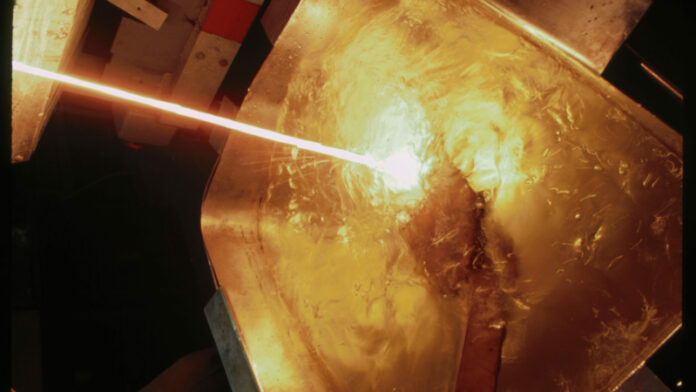
IMPALA Platinum (Implats) declared an interim dividend of 420 cents a share or the equivalent of a R3.6bn payout which was in line with its 30% of free cash flow, pre-growth capital dividend policy.
This was off the back of solid interim earnings. At R16.48/share, basic earnings were 2.7% lower year-on-year for the six months ended December 31. Headline earnings were R16.54/share, a reduction of 2.1% year-on-year.
The platinum group metals (PGMs) producer paid an interim dividend of 525 cents/share, equal to R4.5bn in the corresponding period of the previous financial year.
As reported last month, refined production for the six months was 9% lower at 1.48 million ounces which includes saleable production from Impala Canada.
Implats said smelting capacity was constrained by increased power curtailment amid South Africa’s energy crisis. About 9,000 6E oz of mined volumes were foregone and 38,000 6E oz of refined production were deferred owing to curtailments.
Smelting capacity was also impacted by the scheduled rebuild of Implats’ No 4 furnace at its Rustenburg section which started in November. Implats said it ended the period under review with about 140,000 6E oz of excess inventory.
It forecast refined production of between three and 3.15 million oz for the 12 months ended June 30 which compares to 3.09 million oz in the 2022 financial year. Inflationary pressures will result in higher operating costs, however. They are forecast to be between R18,500 and R19,500 per 6E oz for the full year compared to the previous estimate of R18,200 and R19,200/oz.
Implats said the market outlook was for improved PGM demand as logistical and supply constraints eased and the Chinese economy reopened following its Covid lockdowns last year. Supply would also be impacted resulting in a tighter market.
Said Implats: “The risk to primary global supply has been elevated by the escalation in load curtailment in South Africa and logistical and supply chain constraints in Russia”.








